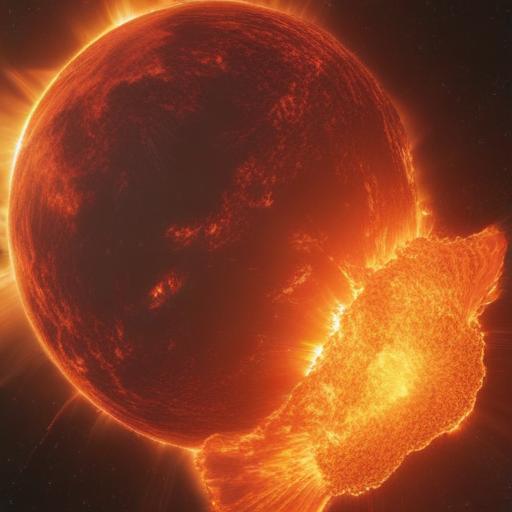The sun experienced a significant uptick in activity this week, unleashing two large solar flares early Wednesday, including the most potent flare recorded so far this year. This surge in solar activity may hint at a ramp-up in the sun’s behavior as it progresses through its 11-year cycle, reaching a phase known as solar maximum.
The prominent X-class flare event peaked around 4:25 a.m. ET, sending vast streams of plasma and charged particles into space, resulting in shortwave radio blackouts across North America, South America, Southeast Asia, Africa, and the Middle East. This disruption was particularly noted by experts at the National Oceanic and Atmospheric Administration’s Space Weather Prediction Center.
Flares are categorized according to their intensity, with X-class flares being the strongest. The recent events included an X2.7 flare and an earlier M5.3 flare recorded on the same day, following an X1.2 flare observed just a day before. NASA’s Solar Dynamics Observatory captured an impressive image of the X1.2 flare, showcasing its dramatic visual display.
While strong solar storms pose risks, such as potential hazards for astronauts and disruptions to communication systems and power grids, they can also enhance natural phenomena like the northern lights. As these charged particles interact with Earth’s atmosphere, they can create vibrant auroras that are visible at more southern latitudes than usual.
Shawn Dahl from NOAA remarked that while the recent flares have caused communication issues, the overall impact appears to be limited. Experts anticipate that if the sun continues in this active phase, more solar events may arise in the coming months, potentially leading to even more spectacular displays on Earth.
This surge in solar activity, while it brings some challenges, also offers opportunities for enhanced natural beauty through auroras, making it a fascinating time for both scientists and sky-watchers alike.
